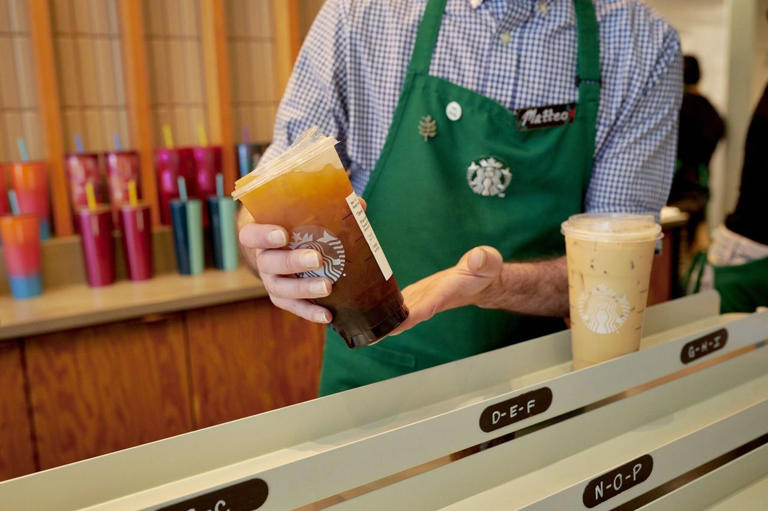In recent times, American food brands have found themselves at the forefront of a significant consumer trend: a shift in purchasing behavior prompted by the confluence of rising prices and tightening household budgets. This phenomenon, underscored by a notable impact on renowned names like Starbucks, McDonald’s, and packaged food giants such as Kraft Heinz and Mondelez International, reflects a broader societal response to economic pressures reshaping consumer spending habits.
The narrative of escalating prices began in the aftermath of the COVID-19 pandemic, as food companies grappled with mounting operational costs and supply chain disruptions. Over the past three years, these challenges prompted food manufacturers and restaurant chains to implement steep price increases across their product portfolios, with the rationale that consumers would adjust their spending habits to accommodate higher costs. However, the reality has proven more complex, with consumers reaching their thresholds for affordability sooner than anticipated.
For many Americans, the impact of these price hikes has been palpable, particularly as the portion of income allocated to food expenditures has surged to its highest level in three decades. Consequently, consumers are exercising greater discretion in their purchasing decisions, resulting in reduced spending and shifts in brand loyalty.
Evidence of this trend is manifest across various segments of the food industry. Fast-food chains, once stalwarts of convenience and affordability, are experiencing declines in foot traffic and transaction volumes. At Starbucks, a 7% decline in U.S. traffic during the first quarter of the year underscored consumers’ growing reluctance to spend on premium coffee offerings. Similarly, declining membership in loyalty-rewards programs highlights a broader sentiment of frugality among consumers, particularly those from lower-income demographics.
The impact of rising prices extends beyond restaurants to packaged food manufacturers, where household staples like Kraft Heinz’s iconic products and Mondelez International’s snack offerings are feeling the pinch of consumer belt-tightening. The erosion of brand loyalty and declining sales volumes serve as stark reminders of the delicate balance between pricing strategies and consumer affordability in today’s hypercompetitive marketplace.
In response to shifting consumer sentiment, food companies are recalibrating their strategies to navigate this new reality. Some are opting to introduce promotions and pricing specials to entice cost-conscious consumers, while others are focusing on product innovation and value-oriented messaging to reinforce brand relevance. However, the challenge lies in striking a delicate balance between affordability and maintaining brand equity, as companies seek to preserve market share amidst intensifying competition.
As the food industry continues to grapple with the aftermath of the pandemic and its economic repercussions, the imperative for companies to adapt to evolving consumer preferences and market dynamics has never been more pronounced. Whether through pricing adjustments, promotional campaigns, or product innovation, the path forward for food brands lies in their ability to resonate with consumers’ changing needs while upholding the integrity of their brand promise.
